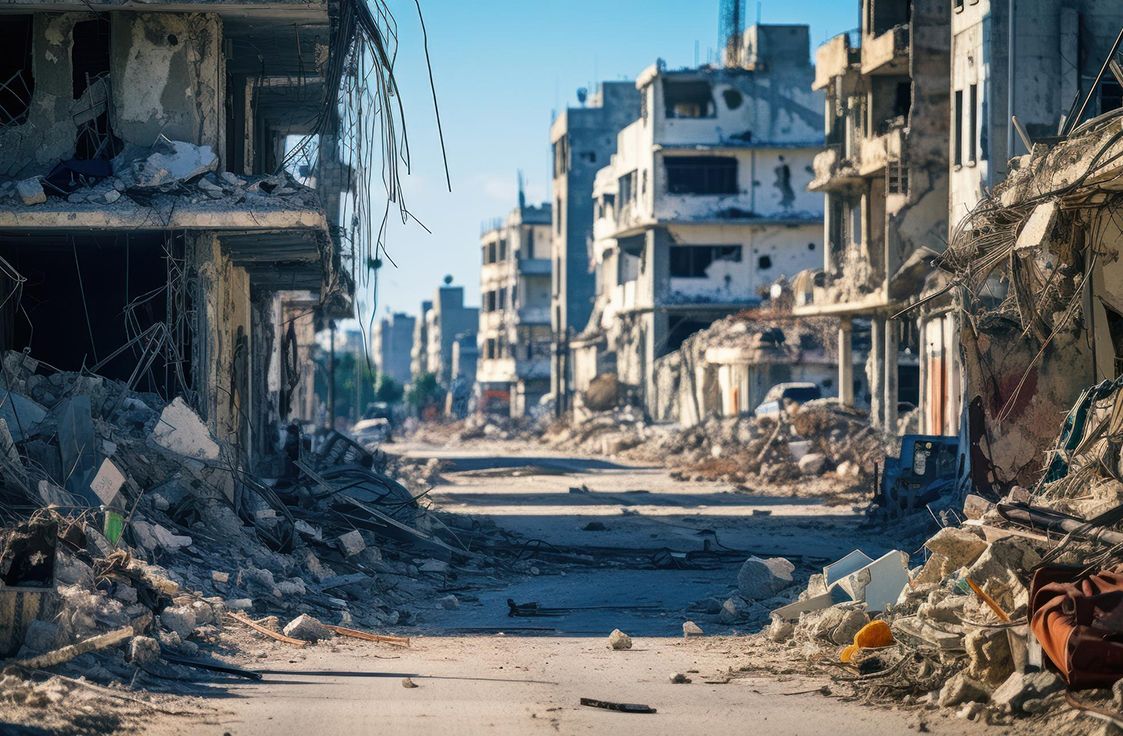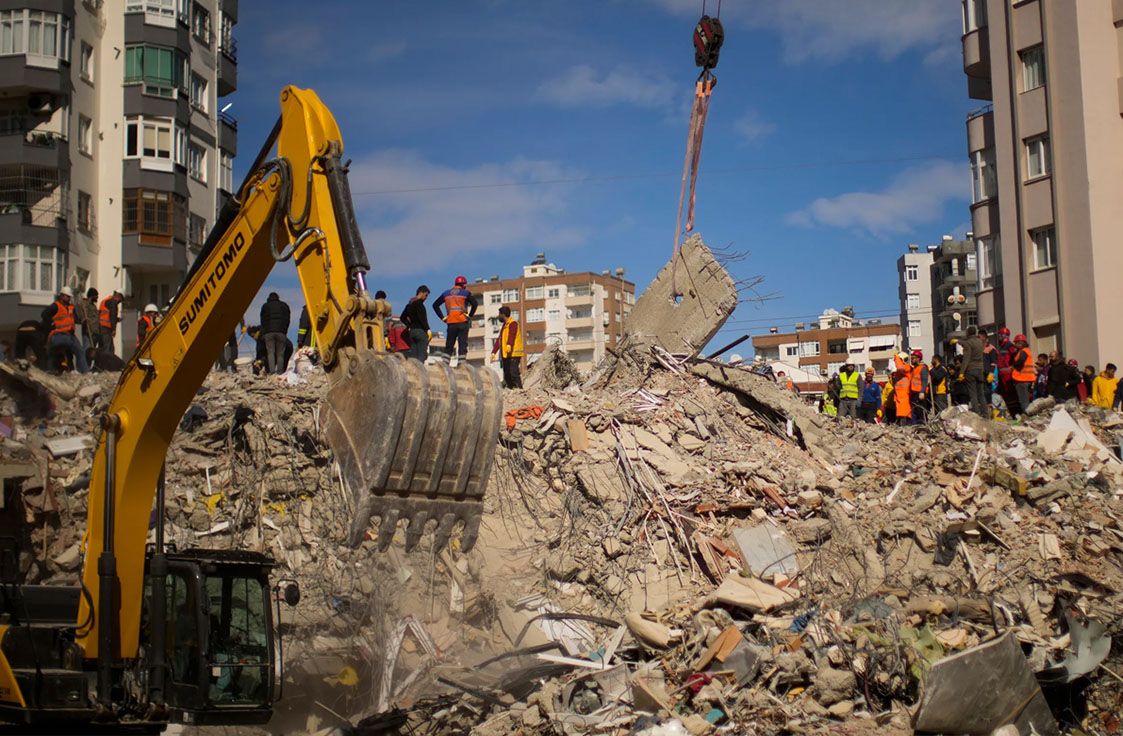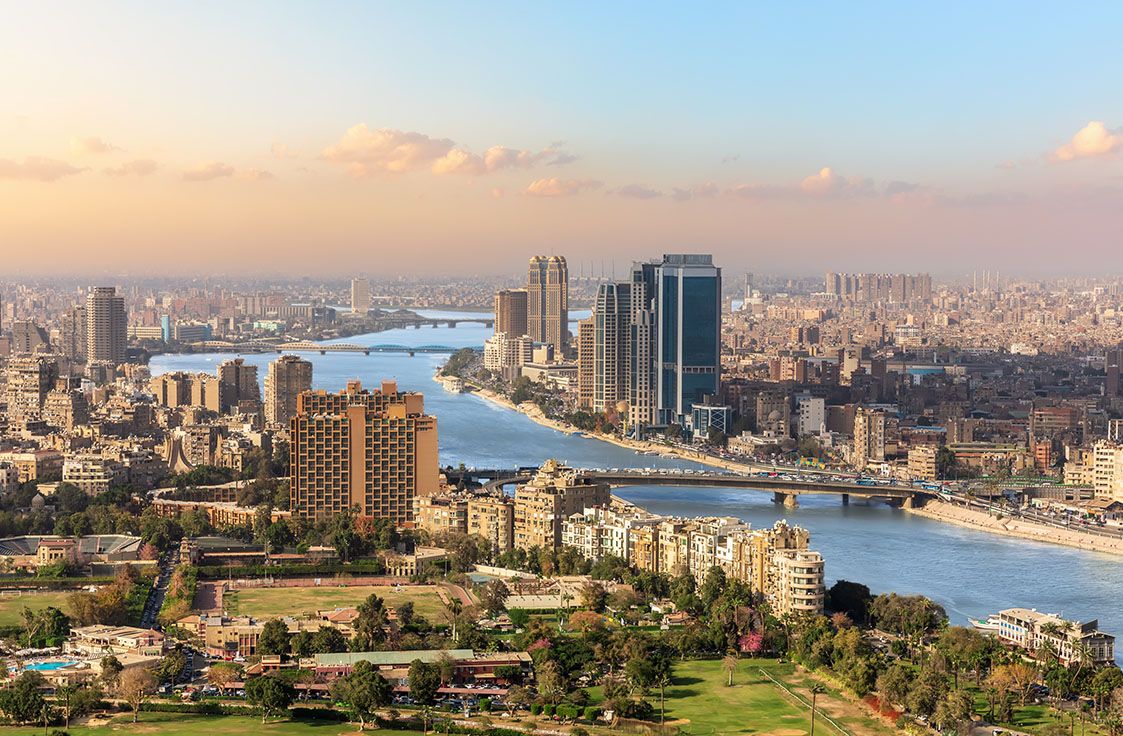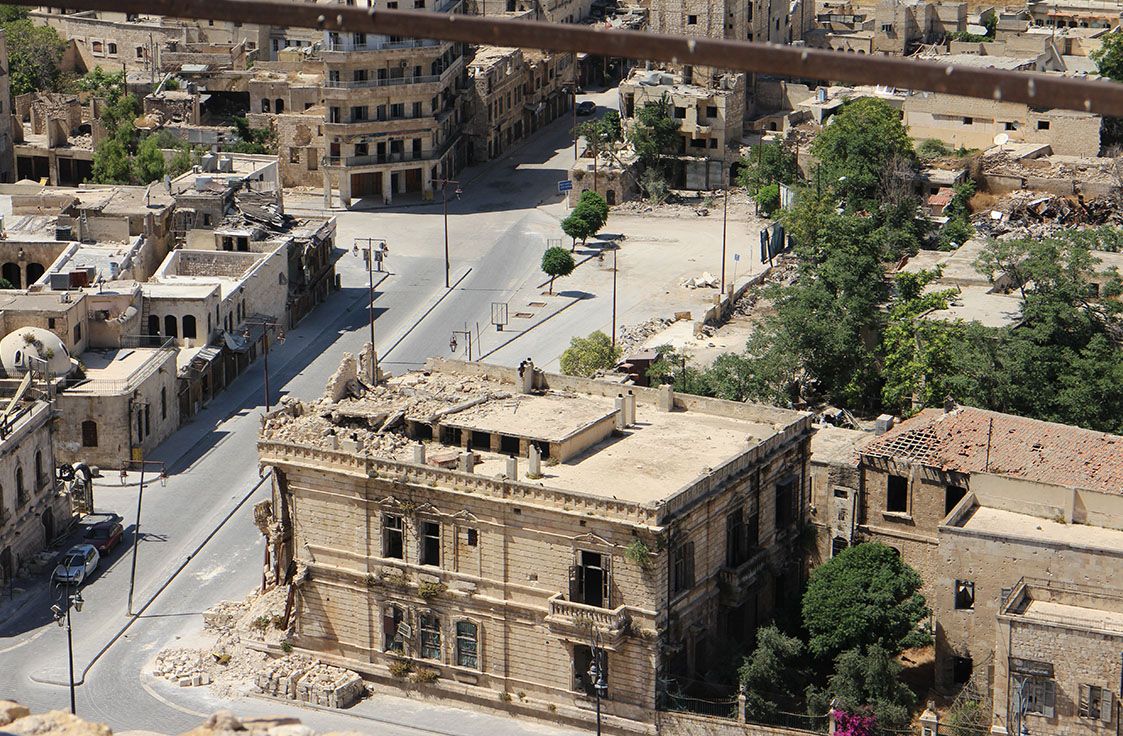Birches Group keeps an eye on labor market trends that are grabbing headlines across the globe, ensuring you stay up to date with the latest events.
A massacre in southern Israel appears to be a turning point in the simmering confrontation between Hamas and Israel, says Newsweek. Tensions between the Palestinian militant group and the Middle Eastern nation periodically ignited short-lived, intense conflicts—until recently.
Hamas, which has ruled the Gaza Strip since 2007, launched an unprecedented attack inside Israel in the early morning of October 7, 2023, during a major Jewish holiday.
According to Al Jazeera, Associated Press, and other news agencies, Hamas fired a barrage of rockets into Israel with sirens heard as far away as Tel Aviv. Backed by rockets, hundreds of Hamas gunmen infiltrated Israel’s heavily fortified border and rampaged nearby towns. Over 1,300 people have been killed in the multi-pronged assault, and at least 150 soldiers and civilians, including foreign nationals, have been abducted and held in the Gaza Strip as hostages.
The BBC’s International Editor says it was the most ambitious operation Hamas has ever launched from Gaza and the most serious cross-border attack Israel has faced in over a generation.
On the day of the attack, Israel declared a state of war and approved “significant military steps” in response. According to Time, the goal of Israel’s military operation is to “achieve the destruction of the military and governing capabilities of Hamas.” As Israel launches multiple airstrikes on Gaza and mobilizes its army for a ground invasion, the world’s eyes are focused on what might come next.
Israel retaliates
As a result of the October 7, 2023, surprise attack, Israel has responded with multiple devastating strategies:
Launched a series of airstrikes. When Hamas fires rockets at Israel, warning detectors are set off, civilians flee to a network of bomb shelters, and the Iron Dome system intercepts projectiles in the air. CNN says that, in Gaza, none of those high-tech defenses are available.
The Israeli military had dropped thousands of bombs on Gaza as Hamas militants fired rockets into Israel. The United Nations (UN) Office for the Coordination of Humanitarian Affairs reports that the bombardment of Gaza has destroyed entire neighborhoods, leaving over 20% of the population displaced.
Meanwhile, Human Rights Watch has accused Israel of using white phosphorus, a controversial munition, in its bombings. Sometimes used to mark areas, the highly combustible chemical can severely burn people.
Imposed a total blockade of Gaza. The Gaza Strip has been almost completely cut off from the world for nearly 17 years. Israel and Egypt have imposed a land, air, and sea blockade since Hamas took over the Palestinian territory. The movement of goods is tightly restricted. On October 9, 2023, Israel imposed a “complete siege” of Gaza, cutting access to electricity, food, water, medicines, and fuel until the hostages are returned home. Since then, the enclave of 2.3 million people has been incapable of receiving humanitarian aid.
Ordered a mass evacuation of northern Gaza. The Gaza Strip has one of the world’s highest population densities. Additionally, over 75% of its people are registered refugees. On October 13, 2023, Israel’s army ordered civilians in Gaza City and the north of the Gaza Strip—an estimated 1.1 million people—to evacuate their homes and flee to the south within 24 hours. The UN says the task is dangerous and unfeasible amid constant airstrikes.
The situation leaves civilians in Gaza with no way of escaping the conflict. Two of the three crossings out of the Palestinian territory are shut, and its southern border with Egypt is routinely closed.
Called for troops for a ground offensive. In the first few days of the conflict, Israel has conducted small-scale operations against Hamas fighters to regain control of infiltrated communities.
Although Israeli officials have yet to order a full-scale ground invasion of Gaza as of this writing, they have been planning for it. Numerous news outlets report Israel has amassed over 160,000 soldiers and 360,000 reservists, the biggest call in 50 years. Vast numbers of troops have already assembled on the Israel-Gaza border, along with weaponry, tanks, and armored vehicles.
Fighting between Israel and Hamas is expected to intensify in the coming weeks, and the escalating conflict has heightened fears of a long and brutal war.
The impact of the escalating conflict
The BBC reports that survivors in both Gaza and Israel describe the scale of devastation as “something they have never experienced in the decades of conflict between both sides.” Beyond the immediate toll of death and injury, the Israel-Hamas war has disrupted every facet of daily life, especially for people in the Gaza Strip.
Displaced population. The UN humanitarian office says the bombardment of Gaza has damaged more than 12,000 homes. As airstrikes and shelling continue, more people flee and seek emergency shelter. The UN agency for Palestinian refugees adds that at least 400,000 people have been displaced in schools, hospitals, and other buildings.
Additionally, parts of southern Gaza are becoming more crowded and overstretched as waves of evacuating residents from the north abandon their homes.
Rapidly deteriorating humanitarian crisis. The UN human rights chief said Israel’s announcement of a complete siege worsens the already dire situation in the Gaza Strip. “There is not one drop of water, not one grain of wheat, not a liter of fuel that has been allowed into the Gaza Strip for the last eight days,” remarked Philippe Lazzarini, the Commissioner General of the UN Relief and Works Agency for Palestine Refugees (UNRWAS), on the situation.
Even before the violence escalated, 80% of Gaza’s population needed aid. In addition, the UNRWA told Al Jazeera that it has less than two weeks’ supply of food and water to assist people who have sought refuge in its schools.
As a result, the UN and relief groups are pleading for opening an emergency corridor, allowing the safe passage of civilians and the transfer of much-needed humanitarian aid. CNN reports that tons of vital supplies for people in Gaza are now piling up on the Egyptian side of the border.
The Guardian notes that Gaza’s inhabitants, battered by four wars over 16 years, will pay the heaviest price.
The global response
The international community, spearheaded by the UN, has expressed deep concern over the recent escalation of conflict. UN officials have called for an immediate ceasefire, respect for international law, and the protection of civilians. UN spokesperson Stephane Dujarric said, “The Secretary-General is deeply concerned for the civilian population and urges maximum restraint.”
A turning point
Observers anticipate a major ground assault on Gaza. Israel’s military says it is preparing for the “next stages of the war” against Hamas, with troops gearing up for strikes from the air, sea, and land, as well as a significant ground operation.
Although it is too early to know how long Israel’s military response will last, experts have told Time that it will last into the weeks and months ahead.
Analysts say the brazen attack by Hamas is a turning point in the decades-long Israeli-Palestinian conflict with far-reaching repercussions. “The October 2023 conflict between Israel and Hamas marks the most significant escalation of the ongoing Israeli-Palestinian conflict in several decades,” says the Council on Foreign Relations.
How Birches Group can support your organization
Establishing a Special Measures Policy is crucial for your organization to maintain business continuity during times of conflict, such as the Israel-Hamas conflict. A Special Measures Policy allows you to adapt your compensation practices to changing circumstances, ensuring sustainability despite the challenges.
We at Birches Group offer expertise in crafting Special Measures policies tailored to your unique needs. Our consultants have deep knowledge and an understanding of crises and unforeseen events, enabling us to provide solutions considering present challenges, risks, and uncertainties.
Don’t wait for conflict to disrupt your operations. Reach out to Birches Group today. Our experts are ready to guide you in developing a clear Special Measures Policy, positioning your organization to withstand volatility and to continue doing business even in the face of conflict. Taking this proactive step can help your organization in the current global climate.
This article was written in mid-October 2023. Please note that the Israel-Hamas War, as discussed in this headline article, is ongoing. The statistics and events discussed are accurate up to the time of writing. However, as this is a dynamic event, there may have been significant changes and developments.
References:
- https://apnews.com/article/israel-palestinians-gaza-hamas-war-c8b4fc20e4fd2ef381d5edb7e9e8308c
- https://apnews.com/live/israel-hamas-war-live-updates
- https://edition.cnn.com/2023/10/08/middleeast/palestine-israel-hamas-gaza-conflict-intl/index.html
- https://edition.cnn.com/2023/10/09/middleeast/hamas-attack-strategy-israel-mime-intl/index.html
- https://edition.cnn.com/2023/10/12/middleeast/gaza-airstrikes-warnings-invs/index.html
- https://edition.cnn.com/2023/10/12/middleeast/israel-gaza-humanitarian-crisis-war-thursday-intl-hnk/index.html















